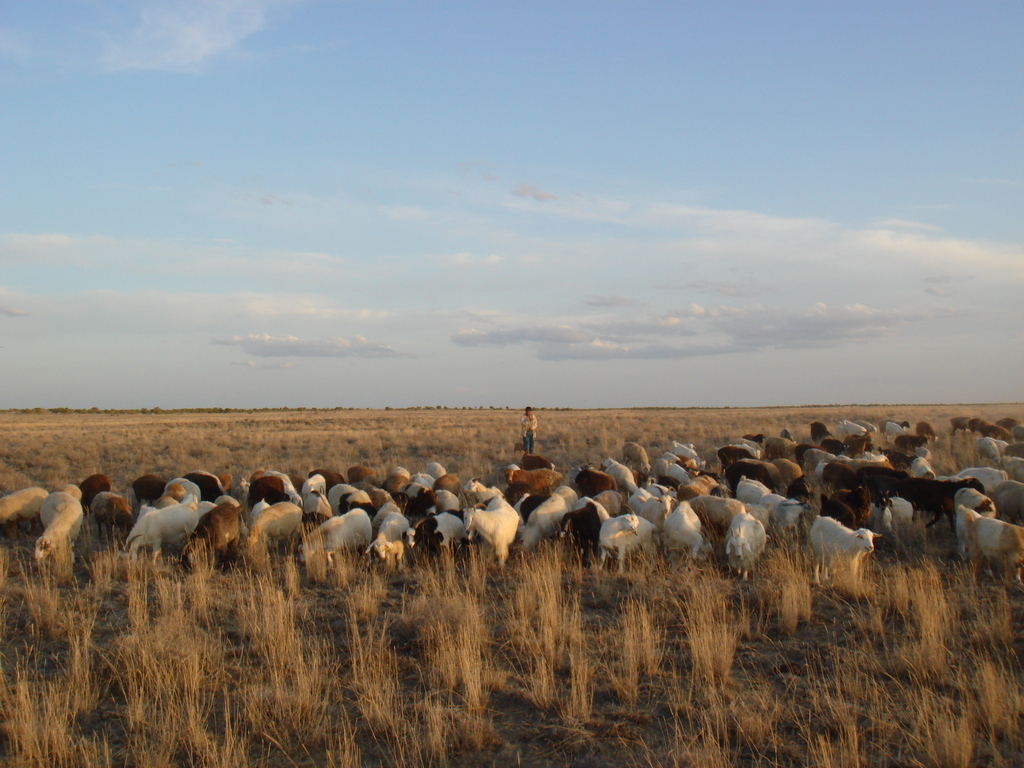
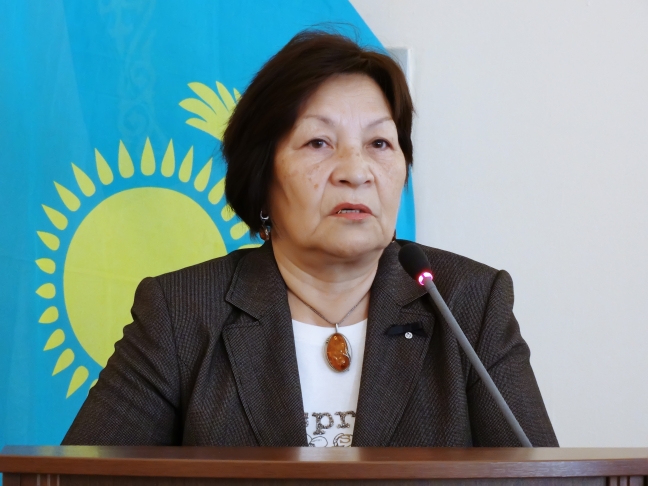
From 1995 to 1998, Gulnara Besimbaevna Bekturova was the National Coordinator of the Republic of Kazakhstan of the UN Convention to Combat Desertification and the coordinator of the Committee of International Conventions of the National Environmental Center. She carried out work on the ratification of the Convention to Combat Desertification, which took place in 1997. She also actively participated in the development of the "National Programme to Combat Desertification in the Republic of Kazakhstan."
From 2005 to 2008, she has been a member of the National Coordinating Committee of the GEF / SGP (Small Grants Program). At present, she is an independent expert of GEF SGP on land degradation and adaptation to climate change.
Gulnara Besimbaevna studied the connection between land degradation and unsustainable agriculture for a long time, explained the main provisions of the UN Convention to Combat Desertification, searched and disseminated knowledge about traditional, gentle methods of sustainable land use among farmers in Kazakhstan.
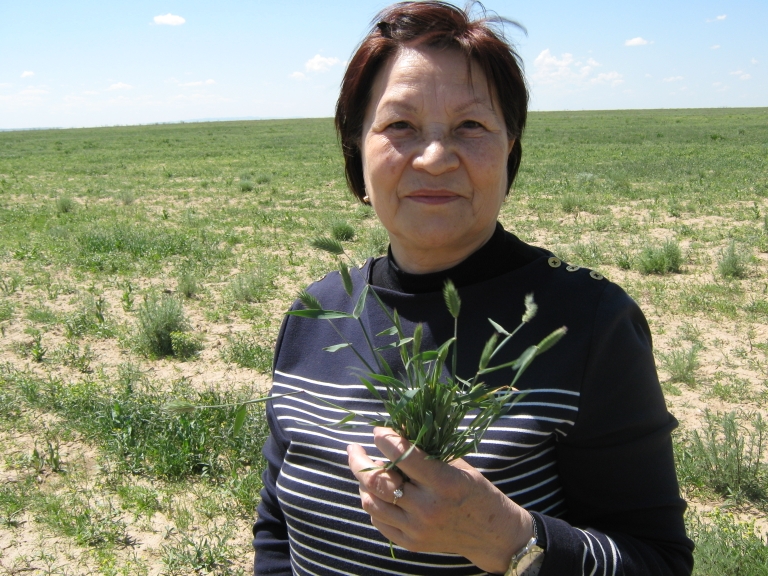
- Gulnara Besimbaevna, could you tell us how relevant the topic of land degradation and desertification is to Kazakhstan, please?
- Desertification is land degradation in arid, semi-arid and dry sub-humid areas due to various factors, including climate change and human activities.
This term does not mean the expansion of existing deserts, but the loss of land's biological productivity.
More than 60 percent of suitable agricultural land in Kazakhstan is subject to degradation to some extent. Hence, the reduction in the productivity of animal husbandry and crop production.
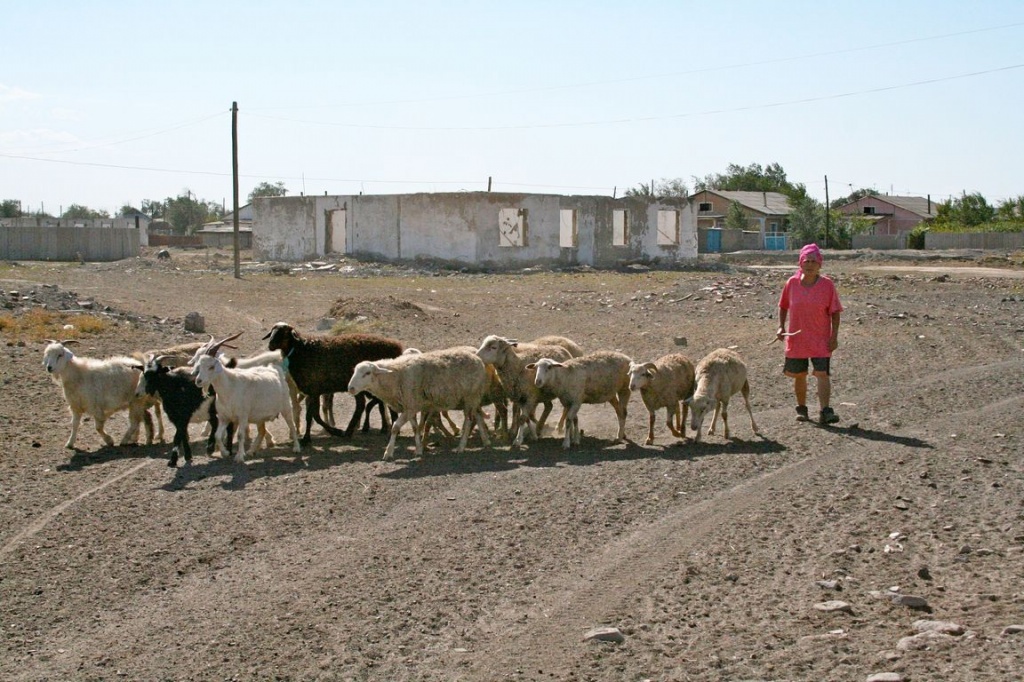
The main reasons affecting the degradation process:

- When did you begin to combat desertification in Kazakhstan actively? What kind of actions has been taken so far?
- At the Second United Nations Conference on Environment and Development Rio-92, which was attended by 178 countries and 114 heads of state, the question of strengthening the processes of land degradation and desertification was raised. Consequently, it was decided to develop a UN Convention to Combat Desertification.
In 1992, the Ministry of Ecology and Bioresources of the Republic of Kazakhstan took part in the development of the BWC. A working group included well-known scientists, representatives of interested ministries and departments. The academician of the Academy of Sciences of the Kazakh SSR Baitulin IO became the chairman of the working group, approved by the minister's order, and I was the executive secretary of this group.
The working group prepared a National Report on the implementation of the Convention and the National Program of Action, and then the National Programme to Combat Land Degradation and Desertification in Kazakhstan.
By order of the Minister Medvedev S.A., I was appointed the National Coordinator of the Convention to Combat Desertification of the Republic of Kazakhstan. My responsibility was to prepare for the signing and ratification of the Convention by the Republic of Kazakhstan. The Convention was ratified by Decree of the President of the Republic of Kazakhstan N. Nazarbayev on July 7, 1997.
The Government approved the Program to Combat Desertification in the Republic of Kazakhstan for 2005-2015; it was planned to spend more than 3 billion tenges on its implementation only in the first three years.
Subsequently, this program was transformed into several separate programs related to the development of the agricultural sector.
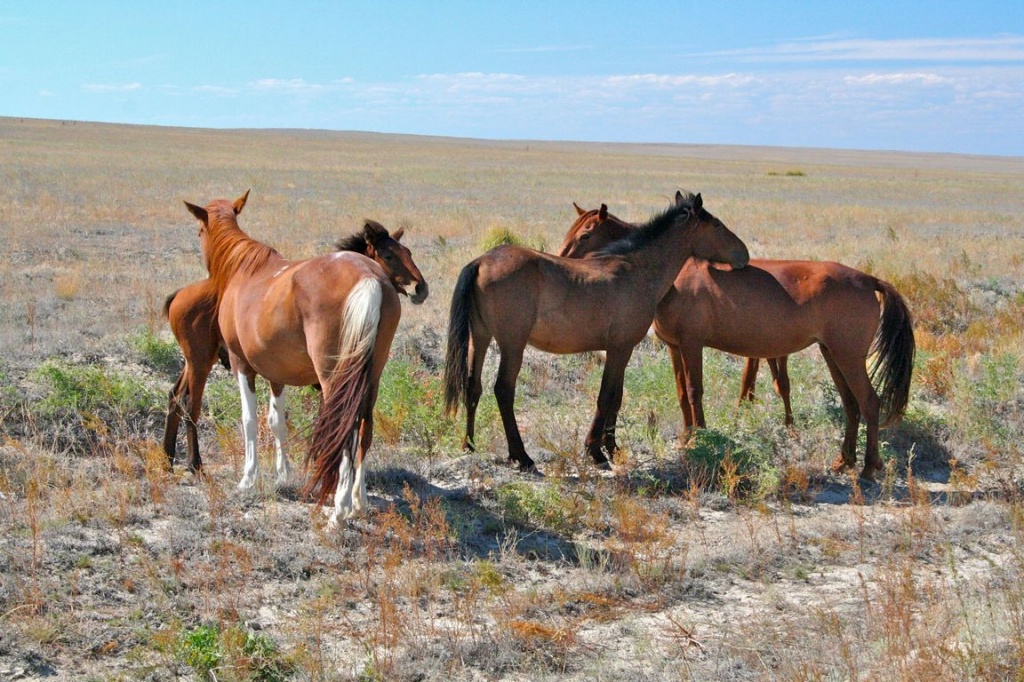
- How has the desertification situation in our country changed since then? Has it worsened or improved?
- Land degradation remains one of the essential and disturbing environmental problems of Kazakhstan.
Kazakhstan is a livestock country. Vast pasture areas located in the semi-desert and desert are very vulnerable to human impact. The collapse of the Soviet land-use system led to the liquidation of collective farms and their fragmentation into small private farms to destroy the developed system of mobile livestock transhumance. The desire of the villagers to increase the number of livestock and grazing it in a radius of 3-5 km from the village leads to the degradation and desertification of the pastures.
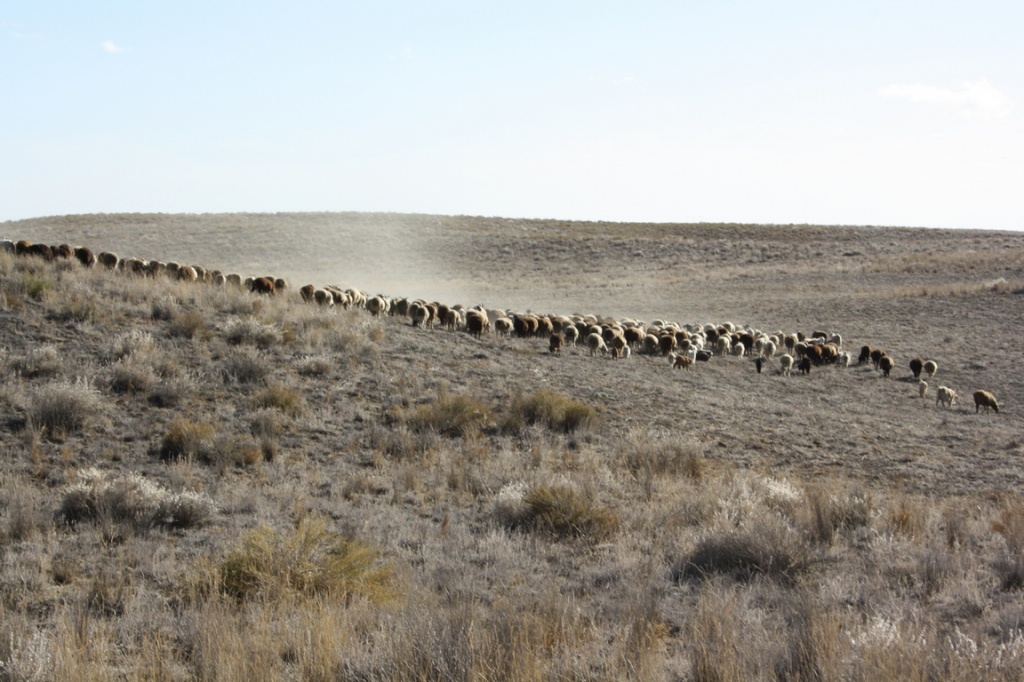
Due to the devastation of infrastructure (wells, housing, electricity, livestock), remote pastures are degrading from undergrazing. All this, as well as the lack of food supply, makes animal husbandry unprofitable. After all, more than 70% of the area under fodder crops decreased.
Previously, arid and sub-arid territories of the south and west were subject to desertification. And now the desertification border is moving northward, towards the main grain-growing regions of the republic. From year to year, there has been a deterioration in soil fertility and grain quality in this region.
At the country level, several specific measures are being taken to address the issues of preventing desertification and land degradation. However, this issue is still relevant.
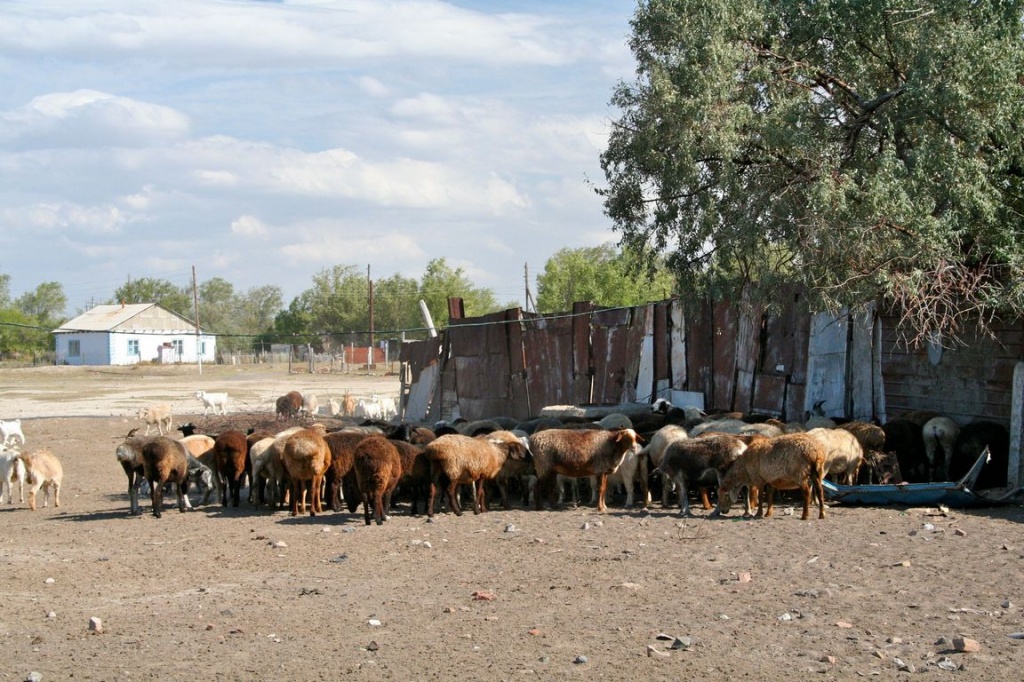
- How is an adaptation to climate change, related to this topic?
-There is an increase in the aridity of the climate. An increase in climate iridisation will entail a shift in climatic zones. The steppe zone area will be reduced; the dry-steppe zone will expand, and the arid region will occupy 38% of Kazakhstan. All these phenomena enhance land degradation processes.
Climate change is a global issue. But local communities are affected. And this impact will increase and reduce the livelihoods of members of the MO.
The Climate Change Adaptation Program has been implemented in Kazakhstan through the GEF Small Grants Program's mechanism from 2008 to 2011. After all, adaptation to climate change must be implemented the way that meet local needs.
The goal of the program is to introduce sustainable natural resource management methods at the local community level that reduce the risks caused by climate change. Innovative activities at the local level and the knowledge and experience accumulated by villagers can provide answers to many questions in the field of sustainable agricultural practices in the conditions of growing arid climate and adaptation of the population to these changes.
Since the end of the adaptation program, the GEF Small Grants Program in Kazakhstan has been paying attention to the issues of adaptation to climate change and introducing them, as elements, into its grant projects.

- Thank you very much for the conversation!
You will see photo reports from the places of implementation of projects aimed at restoring degraded lands soon. You can find out more about the ongoing GEF SGP projects on the land degradation field on the GEF SGP website in the PROJECTS/land degradation section.
Photos: G. Bekturova, V. Levin.
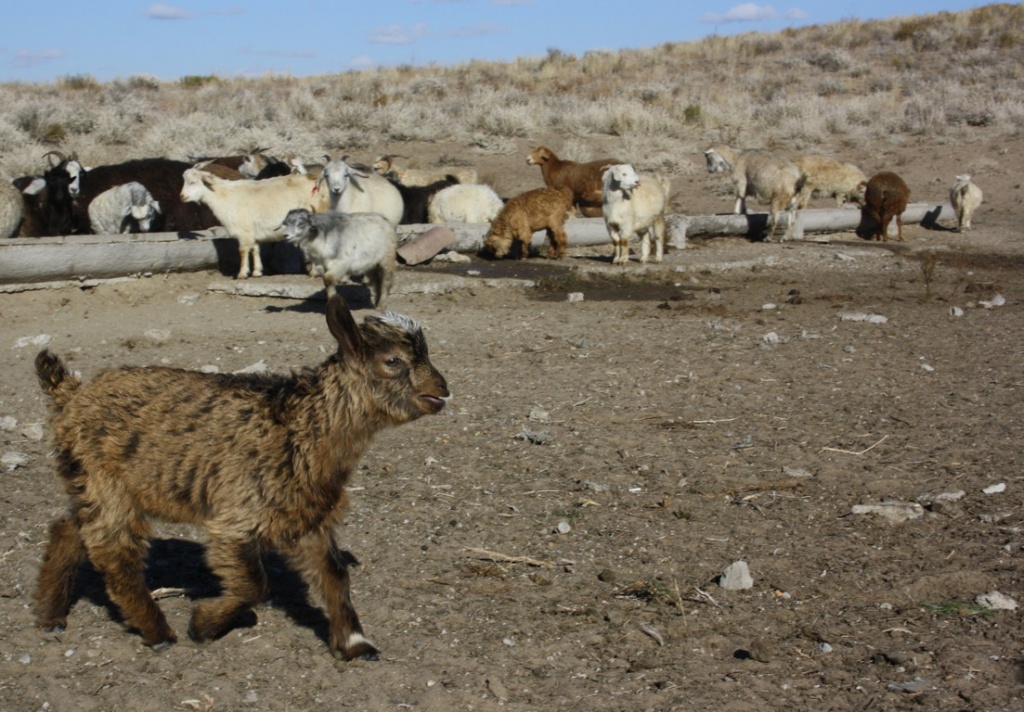
_________________
Climate Change Adaptation and Mitigation Program for Aral Sea Basin
